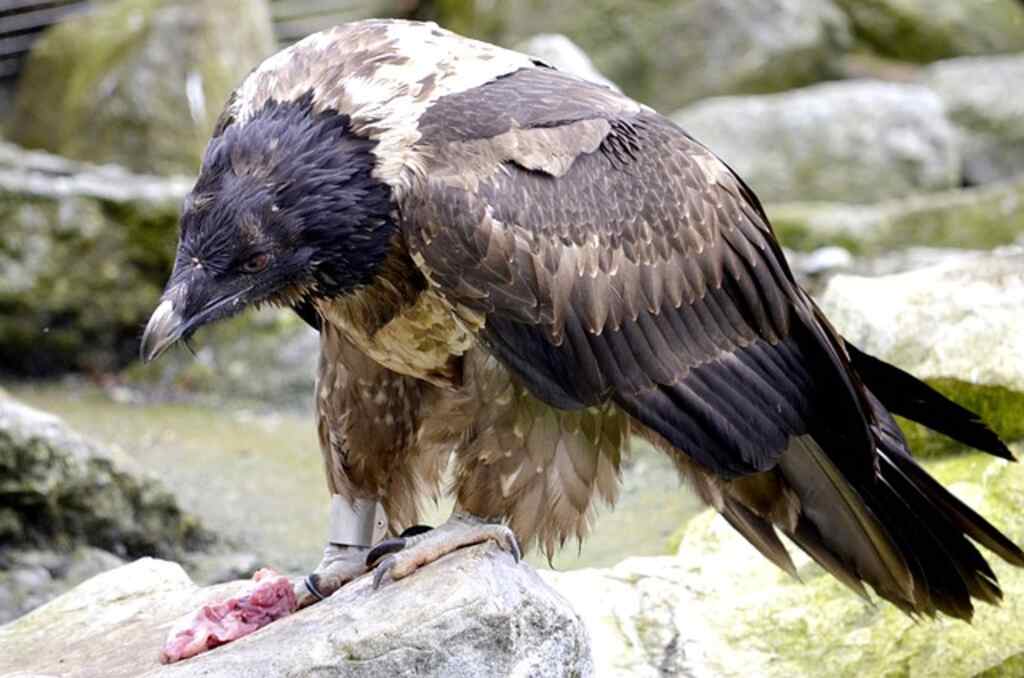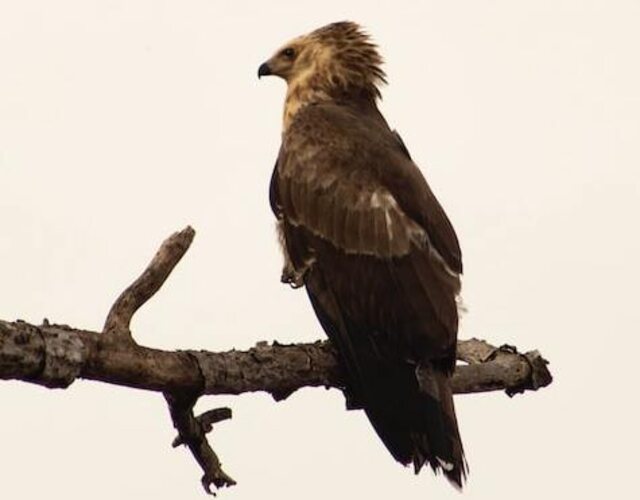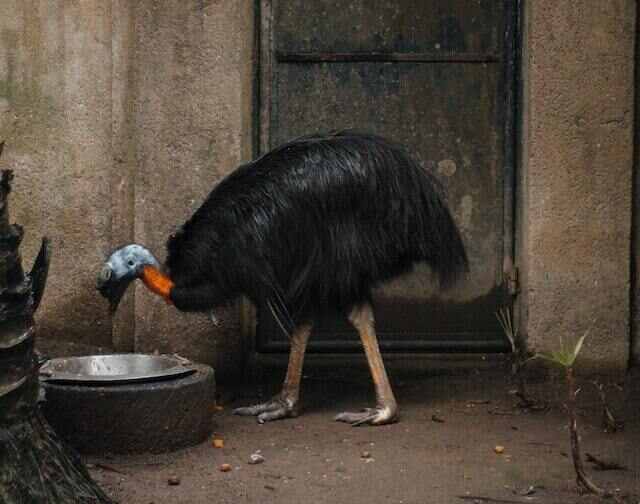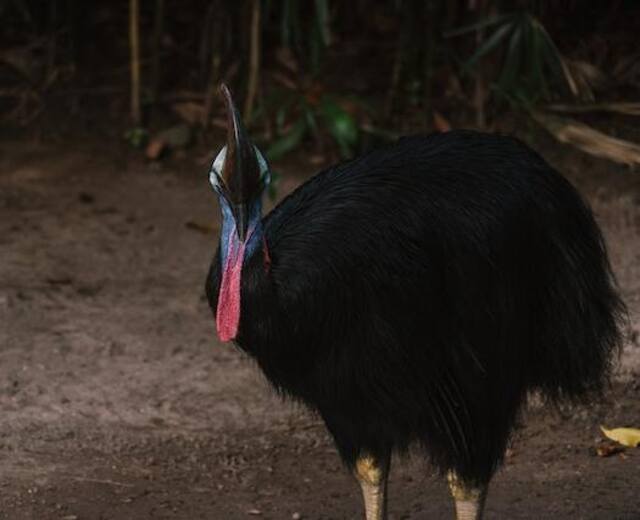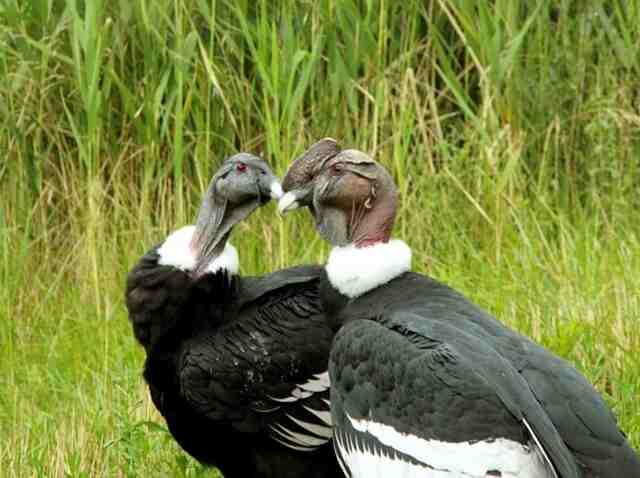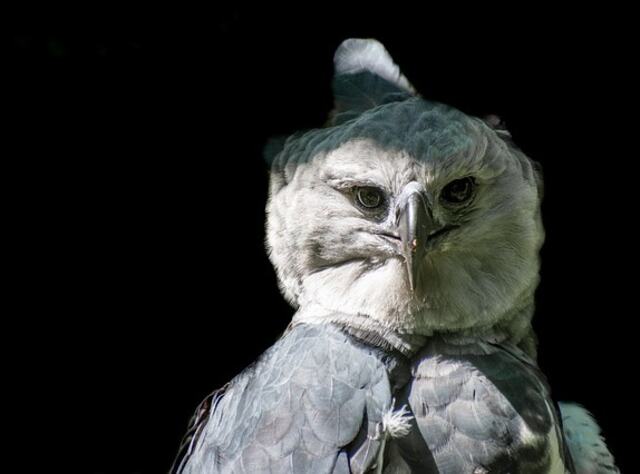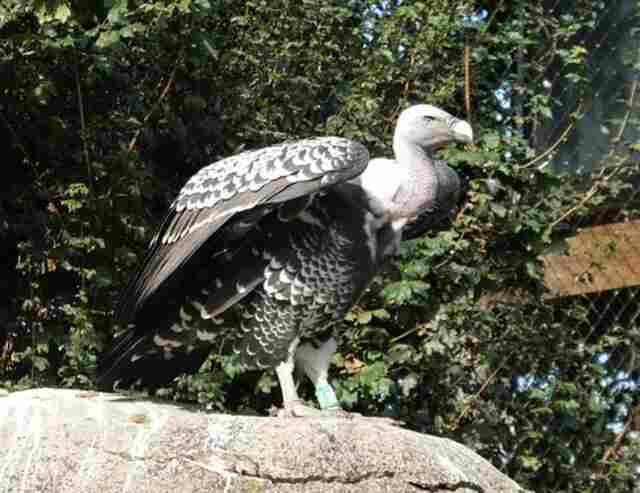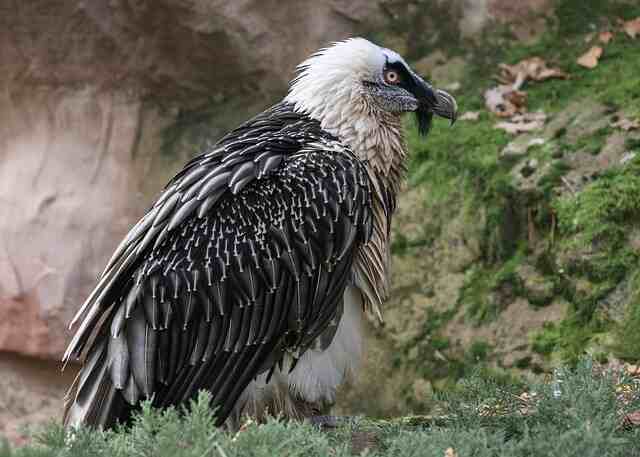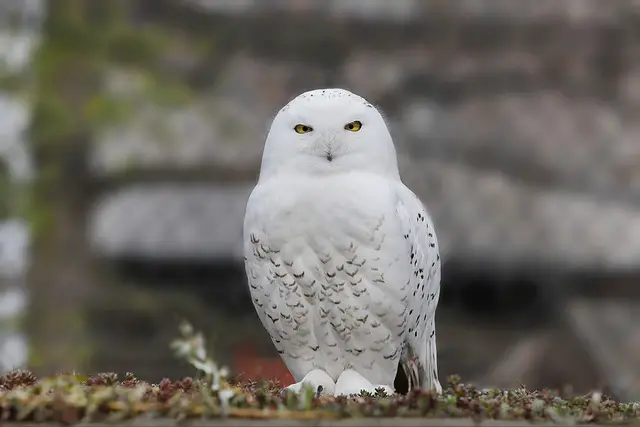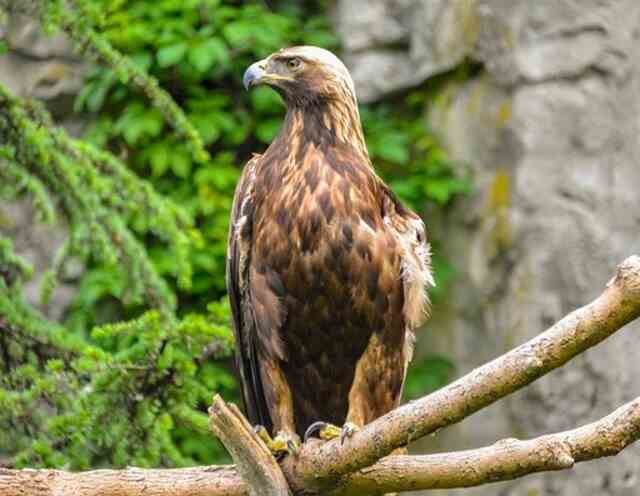Birds are generally considered gentle and majestic creatures, but the world is home to some birds that can be dangerous to people. From their sharp beaks and talons to their unpredictable behavior, these 10 birds should be respected and avoided when possible.
Whether they’re defending their territory or protecting their young, these birds have been known to give a nasty bite. Here are 10 most dangerous birds in the world that you should watch out for!
Table of Contents
- 1 Top 10 Most Dangerous Birds in the World
- 1.1 African Crowned Eagle – The Mighty Hunter
- 1.2 Northern Cassowary – The Rainforest Bully
- 1.3 Southern Cassowary – The Aggressive Giant
- 1.4 Andean Condor – The Sky Master
- 1.5 Great Horned Owl – The Nest Defender
- 1.6 Harpy Eagle – The South American Powerhouse
- 1.7 Ruppell’s Vulture – The African Savanna Threat
- 1.8 Bearded Vulture – The Mountain Menace
- 1.9 Snowy Owl – The Arctic Tundra Hunter
- 1.10 Golden Eagle – The Global Threat
- 2 Author
Top 10 Most Dangerous Birds in the World
African Crowned Eagle – The Mighty Hunter
- Scientific Name: Stephanoaetus coronatus
- Native Land: Africa
- Weight: 3.2–4.8 kg (7.0–10.5 Lbs.)
- Height: 2.5-3.3 feet (30-40″ in)
The African Crowned Eagle (Stephanoaetus coronatus) is a magnificent raptor found throughout much of sub-Saharan Africa. This species is known for its impressive size, powerful talons, and fierce hunting capabilities. It has been observed preying on animals as large as antelope, monkeys, and even small crocodiles!
The African Crowned Eagle is a solitary hunter, typically perching in tall trees or soaring high above the ground to spot potential prey. When it spots an animal, it will dive at speeds of up to 100 mph (160 km/h) before snatching its target with its powerful claws. This eagle also uses its sharp beak to help tear apart prey items.
The African Crowned Eagle is an apex predator in many ecosystems and plays an important role in maintaining balance among other wildlife populations. Unfortunately, this species is threatened by habitat loss and fragmentation due to human activities, making it vulnerable to extinction in some areas.
Northern Cassowary – The Rainforest Bully
- Scientific Name: Casuarius unappendiculatus
- Native Land: Northern New Guinea
- Weight: 66–128 pounds
- Height: 4.11–5.11 feet
The Northern cassowary is a large, flightless bird native to the tropical rainforests of New Guinea and Australia. They are the third tallest and second-heaviest living birds in the world, and can weigh up to 90 pounds! Despite their size, Northern cassowaries are incredibly shy and elusive creatures that usually avoid human contact. However, they have long been referred to as the rainforest bully because of their sharp claws and formidable legs.
Northern cassowaries use their long claws to defend themselves against predators like dingoes and humans. They can also use them to dig for roots, fruits, and insects in the ground. Their powerful legs allow them to run up to 30 miles per hour when threatened! This combination of claws and speed make them a formidable opponent in any confrontation.
Despite their intimidating appearance, Northern cassowaries are actually quite gentle creatures that play an important role in maintaining healthy ecosystems by dispersing seeds from fruit they consume throughout the forest.
Read more: 12 Birds That Run Fast (Which One Is The Fastest?)
Southern Cassowary – The Aggressive Giant
- Scientific Name: Casuarius
- Native Land: Australia, New Guinea
- Weight: 120–170 pounds
- Height: 4.9-6.5 feet
The Southern Cassowary (Casuarius casuarius) is an impressive bird native to the tropical forests of New Guinea and northeastern Australia. It is the second-largest bird in the world, reaching up to 6 feet tall and weighing up to 130 pounds. It has a large, colorful body with a horned head and neck feathers that can stand up like a mane.
Despite its size and striking appearance, the Southern Cassowary is not generally aggressive towards humans. However, it will defend itself if threatened or provoked – using its powerful legs to kick or jump on predators. It also has sharp claws on its feet which can be used as weapons against attackers.
Therefore, it’s important to keep your distance from this giant bird if you encounter one in the wild. Overall, the Southern Cassowary is an amazing creature that should be respected and admired from afar.
Andean Condor – The Sky Master
- Scientific Name: Stephanoaetus coronatus
- Native Land: South America
- Weight: 9.9–12.7 kg (22-28 Lbs.)
- Height: 3.2-4.3 feet (38.4-51.6 in)
- Wingspan: 9.9-10.10 feet
The Andean condor is considered as an impressive animal. It weighs 33 pounds and has a wingspan of 10 feet. It ranks among the heaviest and biggest flying birds in the world. The Andean Condor feeds mainly on carrion, but also hunts small animals such as rabbits or guanaco.
The condor uses its powerful beak to tear through flesh. They have been known to attack humans if they feel threatened or provoked, so caution should be taken when observing them in the wild. In addition to being dangerous predators, Andean Condors are also important indicators of environmental health.
Although they are rare in some areas, they are very sensitive to changes in their habitat, and that can help conservationists understand our actions may be impacting our environment. For this reason, they’re a critical species in South America.
Read more: 18 Facts About The Andean Condor That Will Shock You
Great Horned Owl – The Nest Defender
- Scientific Name: Bubo virginianus
- Native Land: North and South America
- Weight: 32.1-88.2 oz (910-2500 g)
- Height: 18.1-24.8 in (46-63 cm)
- Wingspan: 39.8-57.1 in (101-145 cm)
The Great Horned Owl is a fierce predator and an excellent defender of its nest. It has a wide range of vocalizations, which it uses to ward off potential intruders. Its sharp talons and powerful beak are also formidable weapons in the defense of its territory.
The Great Horned Owl is known for its aggressive behavior when defending its nest. It will often swoop down on any creature that gets too close, making loud calls and displaying threatening behavior. The great horned Owl even has daring tactics in case of imminent danger, using its merciless talons and strong beak to seriously hurt predators such as foxes, raccoons, or other birds.
The Great Horned Owl is an important part of the ecosystem in many parts of North America. Its presence helps to keep rodent populations in check, which can help prevent the spread of disease and destruction of crops. In addition, its impressive defensive skills make it a valuable asset to any environment where it resides.
Read more: 35 Fun Facts About The Great Horned Owl (Detailed)
Harpy Eagle – The South American Powerhouse
Scientific Name: Harpia harpyja
Native Land: Mexico, Central and South America
Weight: 4.1–9.1 kg (9-20 Lbs.)
Height: 2.9-3.6 feet (34.8-43.2 in)
Wingspan: 5.9-7.5 feet
The South American Harpy Eagle ranks among the continent’s most impressive birds of prey. It has a large wingspan of up to 7.5 feet, and its lethal talons can crack large bones and muscle tissue with ease.
The Harpy Eagle is found from South to Central America, in Mexico, Puerto Rico, and Argentina. This apex predator plays a key role in the ecosystem. The Harpy’s Eagle also helps disperse seeds through its droppings, aiding in forest regeneration.
The Harpy’s Eagle is currently listed as near threatened due to habitat loss, hunting, and illegal trade of feathers for ceremonial use. Conservation efforts such as habitat protection and law enforcement are necessary to prevent further population decline of this majestic bird.
Ruppell’s Vulture – The African Savanna Threat
- Scientific Name: Gyps rueppelli
- Native Land: North Africa and East Africa
- Weight: 6.4–9.1 kg (14-20 Lbs.)
- Height: 2.8-3.5 feet (33-42 in)
- Wingspan: 7.5-8.6 feet
Ruppell’s Vulture (Gyps rueppellii) is a large, powerful bird native to the African savanna. It is one of the biggest yet most feared birds in the world because of its enormous size and power, making it ideally suited to take down prey larger than itself. Ruppell’s vultures are scavengers and feed primarily on carrion, but they will also hunt small mammals and reptiles when food is scarce. They have been known to attack humans, especially when their nests or young are threatened.
Ruppell’s vultures are usually found in groups and are highly social animals. They communicate with each other through vocalizations and body language. The vultures also use cooperative hunting techniques to catch their prey more efficiently.
Ruppell’s vultures play an important role in the African savanna ecosystem as scavengers, helping to keep the environment clean by consuming dead animals and preventing disease from spreading.
Bearded Vulture – The Mountain Menace
Scientific Name: Gypaetus barbatus
Native Land: India, China and Africa
Weight: 4.5–7.7 kg (10-17 Lbs.)
Height: 3.1-4.2 feet (37-50 in)
Wingspan: 7.7-9.3 feet
The Bearded Vulture, or Lammergeier, is probably the most dangerous soaring wildlife in the world. Found throughout mountainous regions of Europe, Asia, and Africa, this large falcon has a wingspan comparable to a meter and weighs up to 7.5 kilograms.
As its name suggests, it has a distinctive ruff of feathers around its neck that gives it a “bearded” look. The Bearded Vulture is an opportunistic feeder and will eat almost any animal it can find.
Its diet includes smaller birds and mammals as well as carrion, which it obtains by dropping bones from the sky onto rocks below to break them open. This behavior has earned it the nickname “the Mountain Menace” due to its tendency to swoop down on unsuspecting hikers and climbers in search of food.
Snowy Owl – The Arctic Tundra Hunter
- Scientific Name: Bubo scandiacus
- Native Land: Arctic regions of both North America and the Palearctic
- Height: 20.5-27.9 in (52-71 cm)
- Weight: 56.4-104.1 oz (1600-2950 g)
- Wingspan: 49.6-57.1 in (126-145 cm)
The Snowy Owl (Bubo scandiacus) is a large, powerful bird of prey found in North America and Eurasia’s Arctic tundra regions. These birds thorough-extremely sharp talons and beaks to tear through flesh. They are also highly agile in flight and can reach speeds of up to 40 mph, making them incredibly difficult to catch or evade.
Snowy Owls feed primarily on small mammals such as lemmings, voles, and other rodents. However, they will also take fish and even other birds when necessary. They hunt by perching atop high vantage points and scanning the ground for potential prey before swooping down with incredible speed and accuracy.
This makes them an extremely efficient hunter in their environment, able to quickly locate food sources to sustain themselves during long winter months. The Snowy Owl is a magnificent species with its striking white feathers and yellow eyes.
Read more: 48 Fun Facts About Snowy Owls (Full Guide with Photos!)
Golden Eagle – The Global Threat
- Scientific Name: Aquila chrysaetos
- Native Land: North America, Europe, and Asia
- Length: 27.6-33.1 in (70-84 cm)
- Weight: 105.8-216.1 oz (3000-6125 g)
- Wingspan: 72.8-86.6 in (185-220 cm)
Golden eagles are one of the most dangerous bird species due to their exceptional predatory skills. They trap and devour many small birds and larger animals, including hares and rabbits. Golden Eagles possess strong talons and beaks that allow them to take down larger animals like foxes and lambs.
However, their global threat is not from hunting but from habitat destruction. As human development expands, Golden Eagles’ natural habitats are being destroyed at an alarming rate. This has caused a decrease in the bird’s population, making them vulnerable to extinction.
Conservation efforts must be taken to ensure that Golden Eagles continue to thrive in their natural habitats for generations to come. In addition to conservation efforts, it is important for humans to coexist with these majestic creatures safely by avoiding contact when possible and using caution when near nesting sites or young eagles.
So there you have it, my friend, the 10 most dangerous birds in the world. Remember, they can be deadly if provoked or threatened, so it’s always better to give them plenty of space and respect their boundaries.
Read more: 34 Interesting Facts About Golden Eagles (Detailed)

